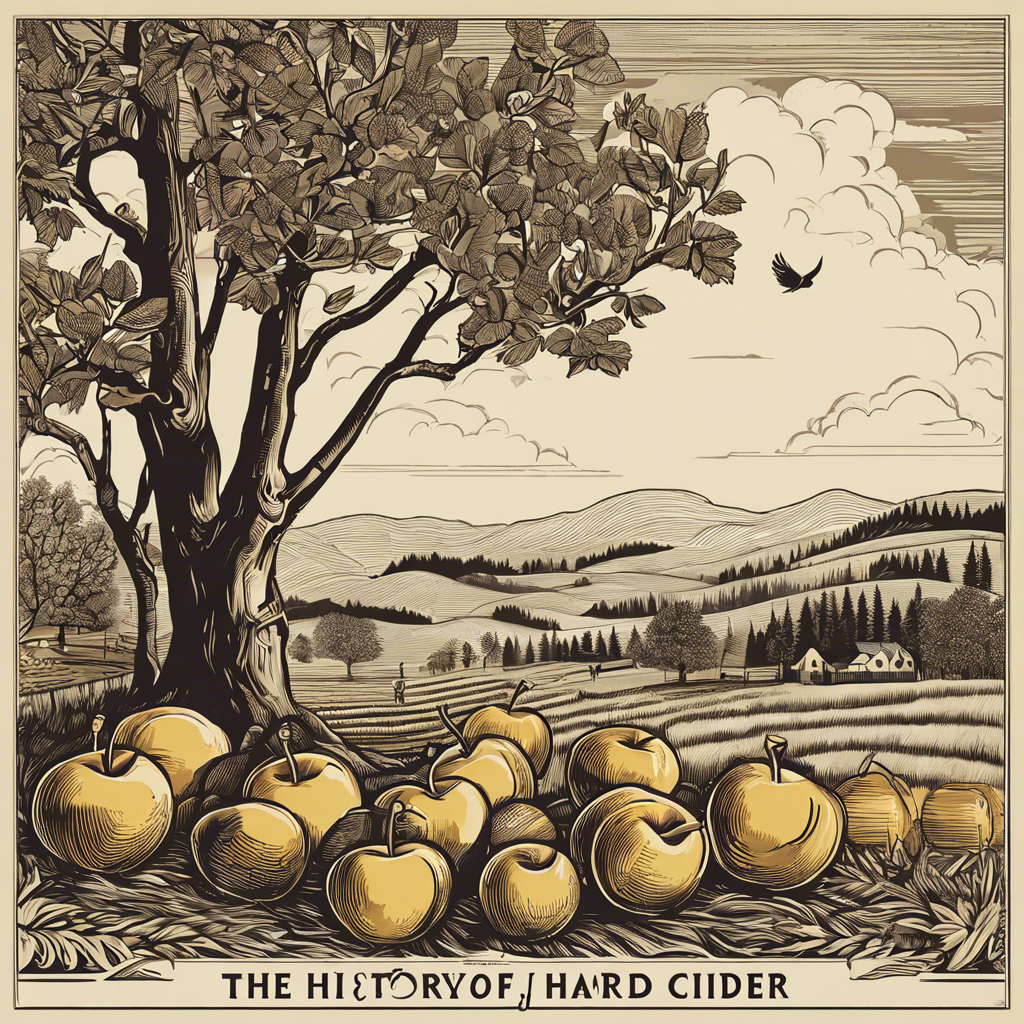The crisp, refreshing taste of hard cider has a long history that stretches back centuries and spans multiple continents. While the exact origins of cider are debated, it likely emerged as a natural byproduct of apple cultivation in Europe and the Middle East. Early cider makers discovered that fermenting apples produced a delicious, alcoholic beverage that was not only enjoyable but also safer to consume than water in an era before widespread sanitation.
As apple trees flourished in the cooler climates of Northern Europe, cider became especially popular in regions like England, France, and Spain. Each area developed its unique cider-making traditions, with methods passed down through generations. For centuries, cider played a vital role in these societies, providing sustenance, celebration, and even serving as a form of currency.
In the American colonies, cider also held a significant place. Apple trees were among the first crops planted by early settlers, recognizing the value of cider as a nutritious and durable beverage. Cider was so valued that it was used to pay wages and rent, and it played a central role in social gatherings and celebrations.
The process of making hard cider has remained largely unchanged over the centuries. It begins with carefully selecting and pressing apples to extract their sweet juice. This juice is then fermented, sometimes with the addition of yeast, to convert the sugars into alcohol. The resulting cider is then aged, filtered, and often carbonated to create the final product.
One of the defining features of hard cider is the incredible diversity of flavors and styles it offers. The type of apples used, the region in which they are grown, and the specific production methods employed all contribute to the unique character of each cider. From dry and crisp to sweet and fruity, the spectrum of cider flavors is vast and enticing.
In addition to its taste appeal, hard cider also holds a cultural significance. In many regions, cider-making remains a traditional craft, closely tied to local heritage and customs. Community cider mills and presses are common, bringing people together to celebrate the autumn harvest and produce delicious cider.
Today, hard cider is experiencing a renaissance, with a growing number of craft cideries and a passionate community of enthusiasts. This revival is driven by a desire for more diverse and natural beverage options, as well as a heightened appreciation for the history and craft of cider-making.
As consumers seek out unique and authentic drinking experiences, hard cider offers a delightful alternative to traditional beer and wine. Whether enjoyed straight from the bottle or used to craft innovative cocktails, hard cider is claiming its place as a versatile and captivating beverage.
The rich history of hard cider, from its ancient origins to its modern resurgence, adds depth and charm to every sip. So, the next time you raise a glass of cider, take a moment to appreciate the journey it has made from the farm to your table. Cheers to that!
